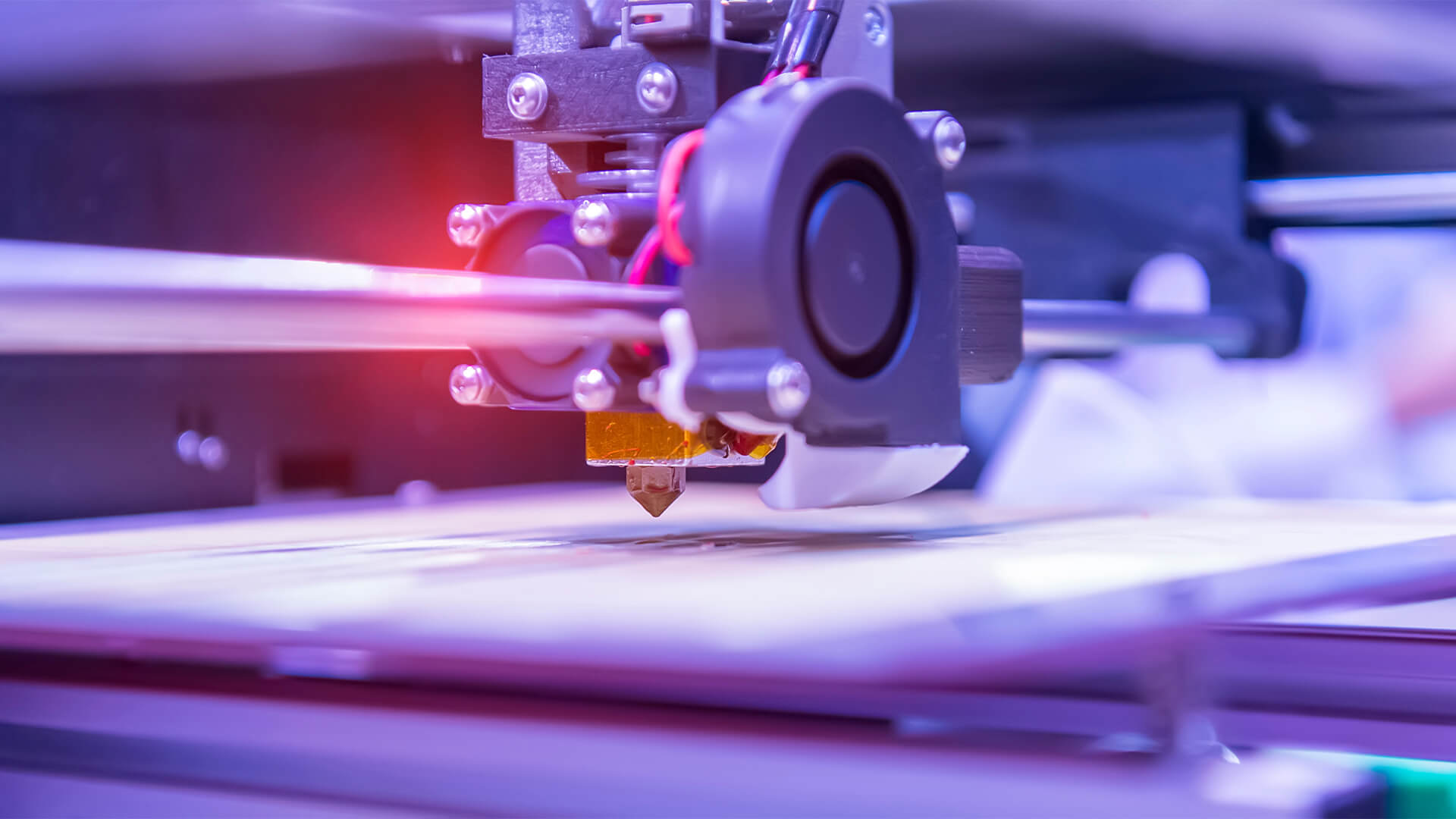
Technology is increasingly replacing many old techniques of operation and project management. Print and design are two examples of industries undergoing transitions and developments. To remain competitive and productive, both large and small print businesses should educate themselves on the latest technological advances, particularly in software and machine aspects.
Among recent print technology advances worth noting are:
3D Printing
This type of printing allows users to build three-dimensional (3D) items from a digital file using computer-aided design or 3D scanning technologies. The most popular ‘inks’ are polymer materials deposited layer by layer by the printer using additive manufacturing. This process of layering consecutive plastic layers produces the final product.
Whether for industrial, commercial, or personal use, 3D printing offers many advantages over traditional production. For example, the method allows manufacturers to create customized and complicated levels of personalization. Additionally, 3D printing requires no tools and is incredibly resource-efficient, allowing individuals who make their own products to save money and resources.
In the healthcare sector, 3D printing is being used to invent new medical and dental applications that are tailored for each patient. New polymer technologies in 3D printing enable unique uses that could dramatically improve medical care. For example, using additive manufacturing to quickly provide dental requirements like dentures, crowns, bridges, and implants could improve millions of people’s lives.
Businesses in these markets may now be able to afford to print their own components, saving money on expensive specialized equipment. If you’re interested in similar cutting-edge technology, you may also reach out to KNF USA for cost-effective solutions with applications in various industries.
Hybrid Printing
Hybrid printing combines different printing and conversion technologies in a single pass. For example, flexographic printing’s dependability, efficiency, and in-line features are combined with digital printing’s creative potential.
To fully grasp how hybrid printing is superior to standard label printing, consider the following advantages:
- Advanced customization options like pre-programmed print settings
- Automated labeling, cutting, coating, finishing, and packaging
- Consolidated manufacturing due to one-pass hybrid printing
- High efficiency of hybrid machines
Software Innovation
There are currently many options and tools available for printing software, taking printing to a new level. This tool has transformed the print business by making work easier, more compatible, and highly collaborative.
Modern design software innovation allows two-dimensional (2D) printed goods to be created more economically. The need for film and offset printing machines is reduced as more and more tasks can be done electronically via software workflows. Software outperforms film and print in terms of return on investment, encouraging personnel to learn these tools.
For those who opt to invest in printing software, the learning curve may be a bit longer, but the rewards will be rapidly realized.
Inkjet Printing
Industrial printing systems use inkjet printing technology to direct liquid droplets (ink) onto a substrate.
With inkjet printing, you can create 2D and 3D films and devices. This is achieved by moving the print head across the substrate. An inkjet printer can build a plastic thin film transistor in four steps with conductor and semiconductor layers placed sequentially. This method reduces waste and improves layer-to-layer registration, speed, and coverage. These processing stages also lend themselves to the roll-to-roll (R2R) manufacturing method for flexible electronics.
Most modern inkjet printers use drop-on-demand (DOD) technology. After leaving the nozzle, the ink contacts the substrate. Time is given for the ink to saturate the surface and the solvent to evaporate. There are many drying processes. To create droplets, DOD printers use thermal or piezoelectric printheads.
Listed below are the benefits of inkjet printing:
- Cost-Effective: An inkjet printer’s starting cost is low. Even cheap inkjet printers may generate high-quality photos. For the same output, a multi-functional inkjet costs less than a comparable laser printer. If users are concerned about costs, inkjet printers are the best choice. Companies can save money by purchasing multiple inkjet printers for workplace use.
- Startup Timeline: Inkjet printers, unlike laser printers, don’t require a wake-up period. As soon as the printer is turned on, printing can begin.
- Quietness: Inkjet printers do not produce loud noises that disturb the working atmosphere.
Conclusion
These new printing technologies create a stir in the industry, giving printers brighter prospects. A centralized service process, from initial design to finished products, data analysis, and consultancy services, will be developed. If the objective appears unattainable now, the latest printing press advancements will help make the market more accessible as intelligent software evolves. Modern artificial intelligence (AI)-powered design tools will assist non-expert graphic designers and operators adopt these new technologies.




















